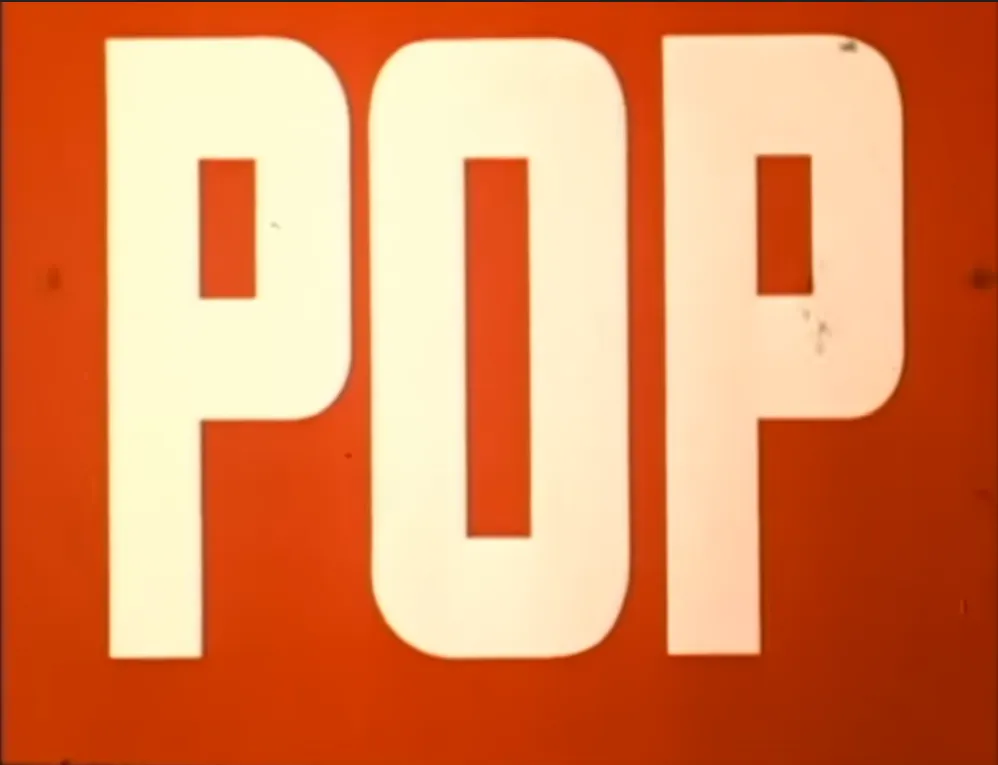They say, “Six of one and half a dozen of the other.” Not here. It’s Six for Two and Two for nothing, and Six for free for all for free for all! Vote! Vote!
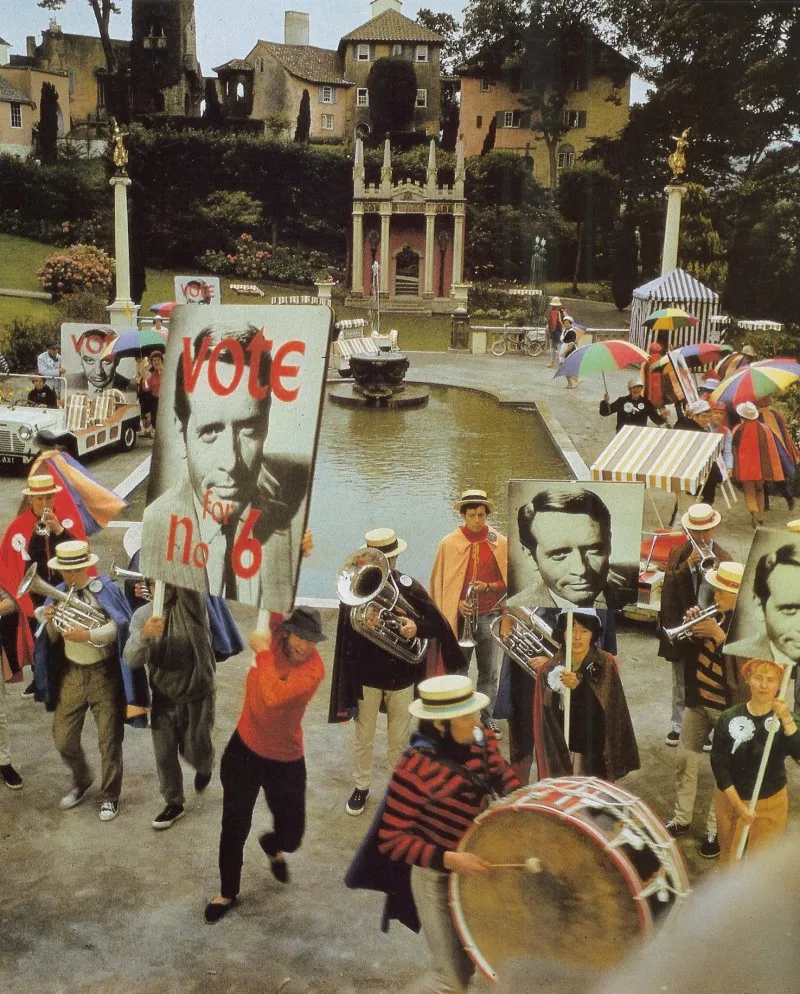
This is an old article I wrote back for my long-defunct Medium. Like most people, I would like to think I have changed somewhat over the past two years and done some things differently. There are some signs of a boy who read too much and thought too little; the random quote from " History of Education in Antiquity" by H.I. Marrou reeks of the bad habit every modern-day man of letters (or cultural critics or video essayists) has of randomly tying things to the latest book we read. This one being one of those obscure little gems I found for $1 at a Half-Price Books. I ended up focusing too much on the political aspects of the show to really capture what makes it one of the best of all time, but I hope the images I had the eye to include show how aestetic this show is overall.
Overall, I am proud of this article though, and how it cuts at the heart of what the show is trying to say. Similar to Adam Curtis a few decades later, Patrick McGoohan hit at the sham of liberalism, technocracy, and all its utopian children who tried to remake man in their own image. It’s raw, it’s creative, it bites and cuts and gnaws, and when push comes to shove, it spits in the face of its own audience and tells them to grow the fuck up. It is everything art can and should be. If you haven't watched the show, then do it right now because spoilers be ahead.

When №6 is dropped in a location called The Village, it is not hard to think of Marshall McLuhan’s concept of the Global Village, coined in 1962. With every society, there is an expectation of conformity, so the idea of a global society signals a high degree of conformity across a monoculture. McLuhan argued that the diversity inherent in the Global Village would protect it from any mass conformity, saying, “The global village absolutely insures maximum disagreement on all points…A world where people encounter each other in-depth.”(1) The Prisoner seems to question this from the very start, creating a location which is highly globalized, but also completely conformist. This theme of globalism is stated explicitly in “The Chimes of Big Ben”:
№2: It doesn’t matter which side runs The Village.
№6: It’s run by one side.
№2: But both sides are becoming identical. What has been created is an international community, a perfect blueprint for world order. When both sides facing each other suddenly realize they are looking into a mirror they will see that this is the pattern for the future.
№6: The whole earth as The Village?
In the context of 1967, the sides referred to here would have definitely been referring to the sides of the cold war. Predicting the exact US domination which would take off following the fall of the Berlin Wall. In an alternate edit of “The Chimes of Big Ben,” there is a version of the closing credits where the wheels of the completed penny-farthing bicycle turn into the world.
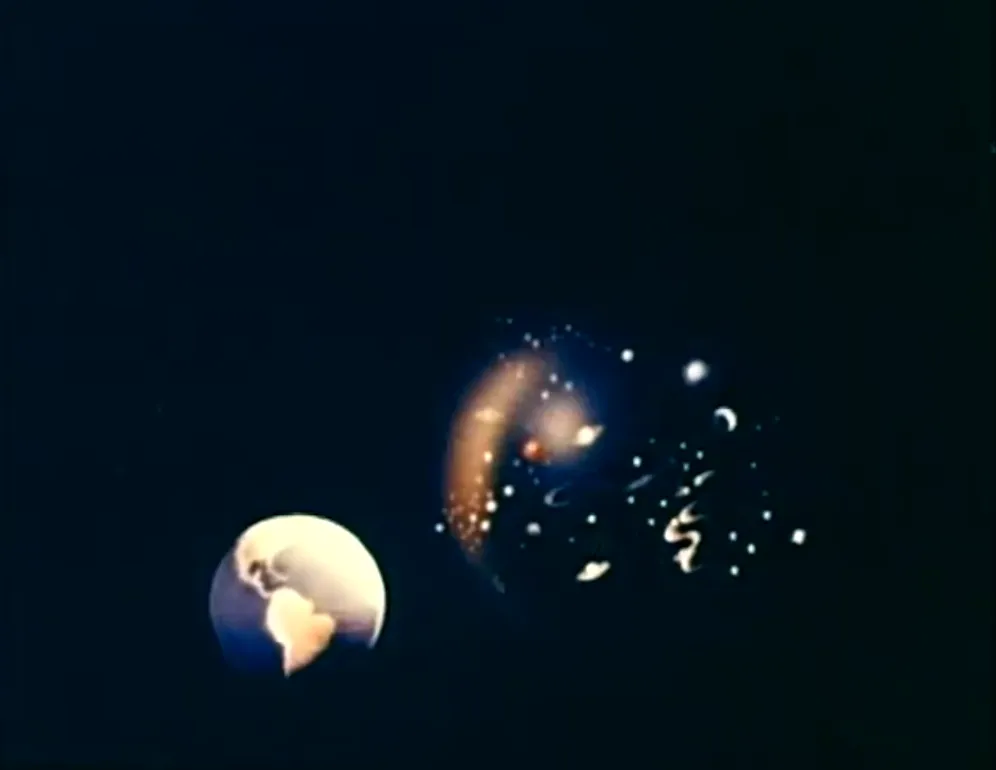
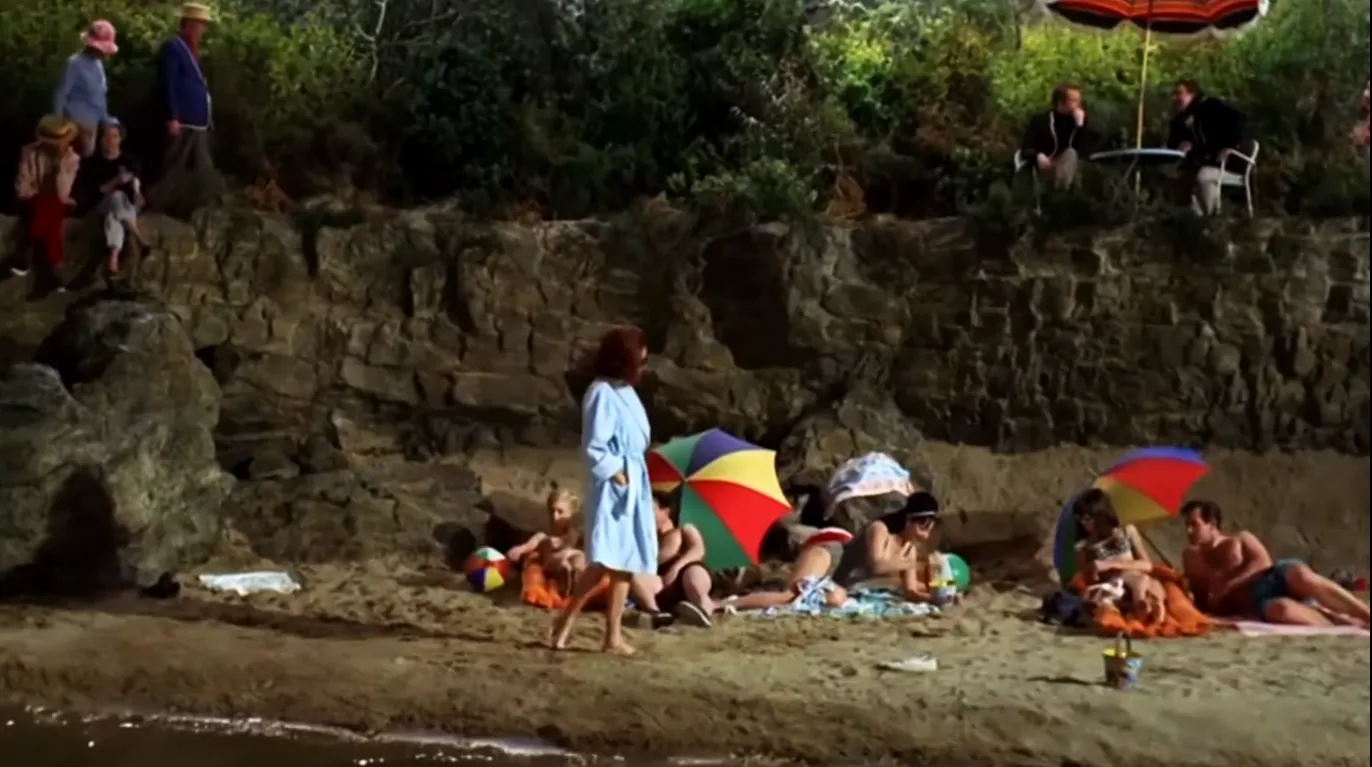
This theme is also expressed in the human makeup of The Village, which is made up not only of people from a variety of backgrounds (the only condition for entry being that you “knew too much” at some time), but also from many nationalities. In “The Chimes of Big Ben,” an Eastern European woman named Nada plays a large role in the story. In “Free for All,” Number 58 speaks a fictionalized Scandinavian language. In “The Schizoid Man”, an Indian man can be seen greeting Number 12/6 along with a Haitian man playing the role of supervisor:
Number Two : It’s uncanny. Number Twelve has caught the man’s whole style.
Supervisor : In Haiti we’d say he’s stolen his soul.
In the episode “A Change of Mind,” an East Asian man takes part in the social group which shames and ostracizes №6. Interestingly, all three places: Haiti, East Asia, and India, were all colonized by the British at one point, hinting at colonialism being the original sin of globalization.
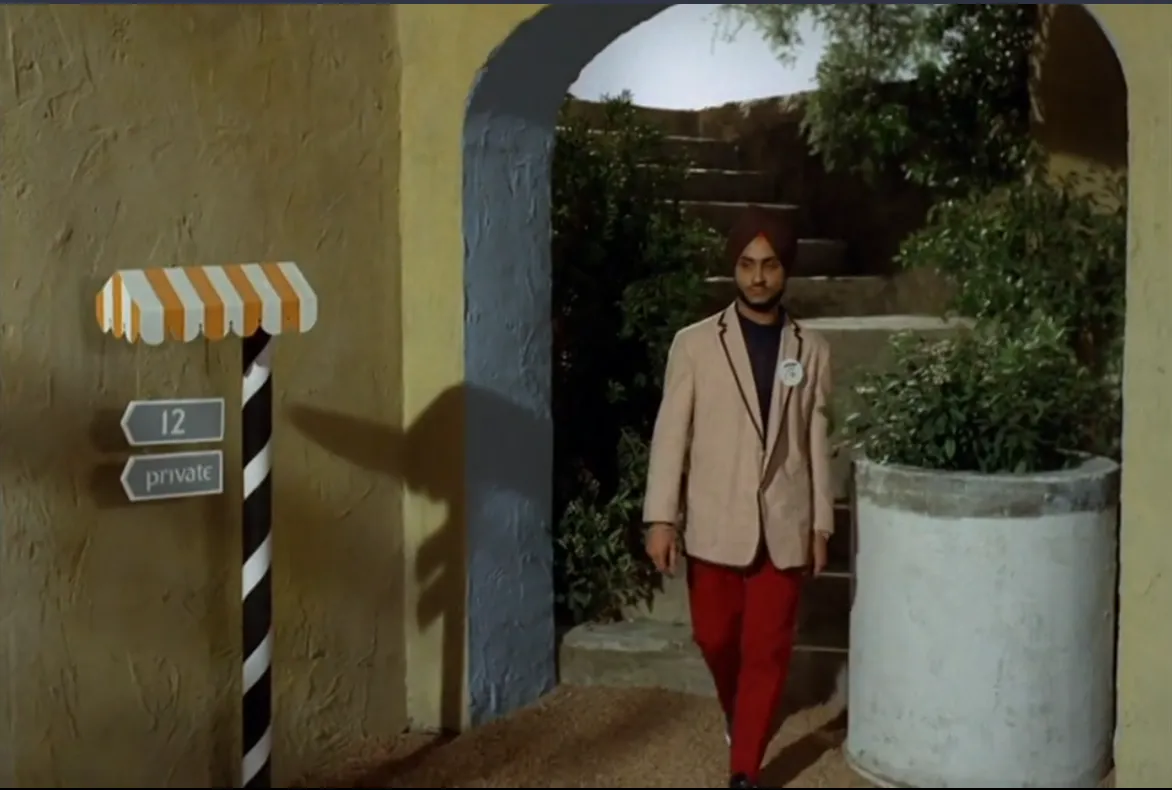
The politics of The Village also relate to this theme. The Village is ostensibly undemocratic, either being run by an autocrat, №1, or by an oligarchical committee, yet the leaders frequently refer to the structure as democratic. In “Free for All,” there is a sham election, while in both “Dance of the Dead” and “It’s Your Funeral,” the respective №2s refer to The Village as a democracy; in particular, the №2 of “Dance of the Dead” frames №6’s crimes as an assault on democracy itself. №6 even calls The Village a democracy himself in “Many Happy Returns”. There are also many different committees throughout the different episodes which hold different degrees of power. When faced with the election committee of dummies in “Free for All,” №6 asks:
Who do you represent?
Who elected you?
To what nation or country do you owe allegiance?
Whose side are you on?
This farce, this 20th century Bastille that pretends to be a pocket democracy!
Why don’t you put us into solitary confinement to get what you’re after and have done with it?
This reflects a critique of bureaucracy and international political organizations. That is, due to their lack of direct election and generally obscure nature, they exist primarily to siphon political power away from actual citizens.
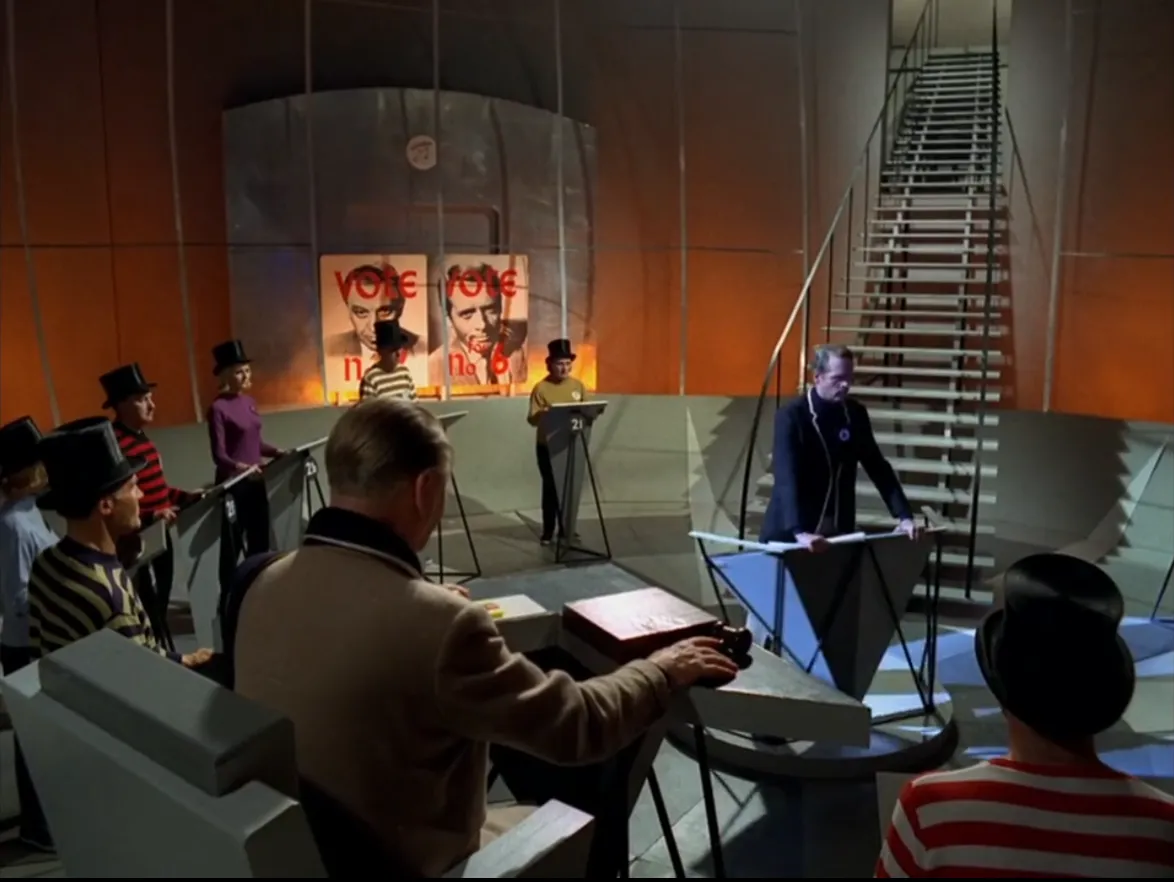
Even №2, who is the executive official of The Village, never seems to have a clear role. In “It’s Your Funeral,” it’s stated that every №2 seen previously was simply an interim for the old №2, but in other episodes, №2s seem to be recruited deliberately to break №6. In both “A, B, or C” and “Hammer Into Anvil,” №2’s job security seems to be based on his ability to extract information from №6. This inconsistency is used to The Village’s advantage in “A Change of Mind,” where a key part of №2’s plan involves him obfuscating his relationship with the social committee.
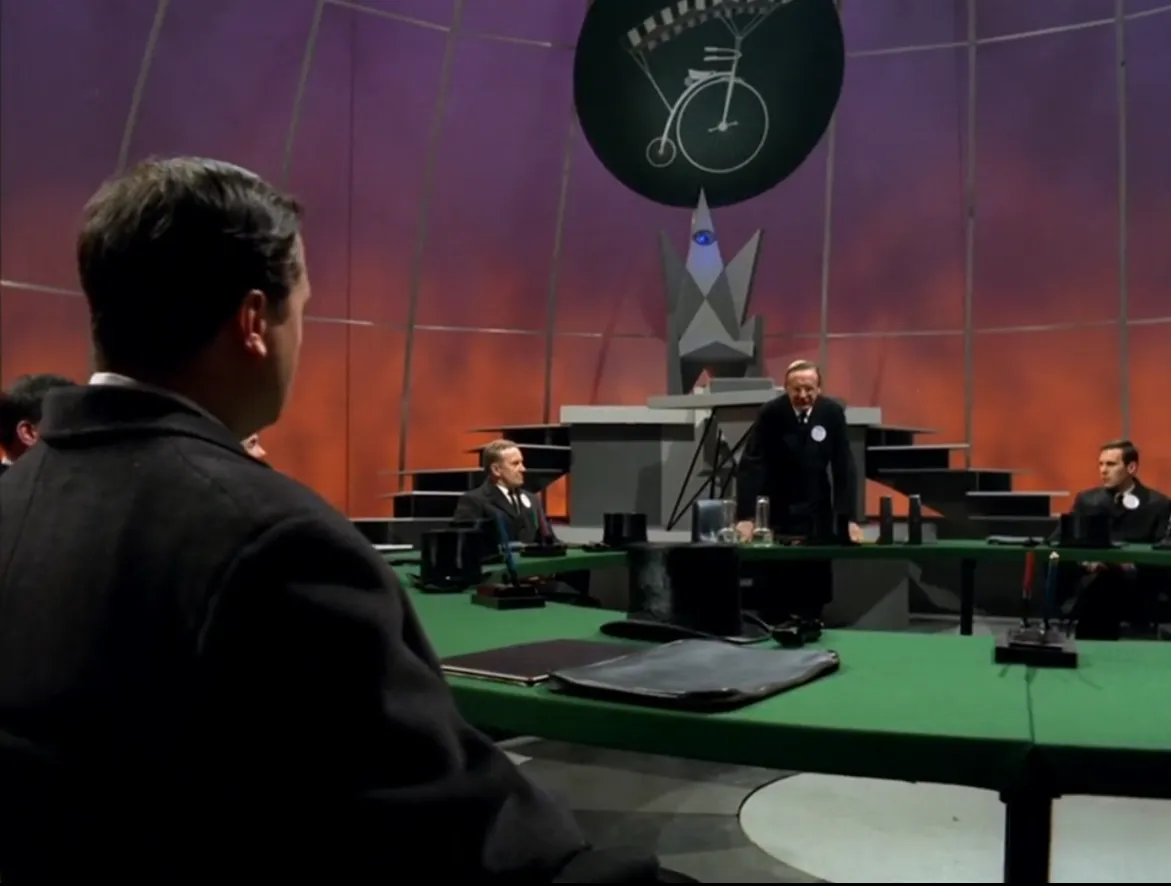
Beyond trying to escape, №6 and other prisoners of The Village also attempt various political strategies in an attempt to overthrow The Village. In “Free for All,” №6 tries to change the system from within by utilizing a populist political campaign with bold promises and catchy slogans:
They say, “Six of one and half a dozen of the other.” Not here. It’s Six for Two and Two for nothing, and Six for free for all for free for all! Vote! Vote!

In “Checkmate” №6 tries to make a revolutionary force out of the oppressed and meek of the village. This ultimately fails when their own weakness causes them to rat №6 to the authorities, fearing he is a village spy. “It’s Your Funeral” explores the dichotomy between violent and nonviolent revolution. The “jammers” — interestingly, the term “culture jamming” wouldn’t be coined until the 80s — simply discuss ideas for revolt they will never implement, knowing that The Village will waste resources investigating it anyway. They justify their relative inaction by the energy The Village will waste investigating false leads, but by the time №6 learns of this, The Village has already registered all known jammers and simply ignores them. In contrast to this, there is the watchmaker who plans to assassinate an old №2. Ultimately, the clockmaker knows his actions will not impact the political structure of The Village much, and even agrees with №6 that this action will only cause The Village to crackdown more on all citizens, but argues that this will eventually inspire a mass revolt in The Village. It is later revealed that the watchmaker was being groomed by village agents to commit terrorism to both take out a retired №2 and serve as a false flag attack to justify any number of unknown measures.
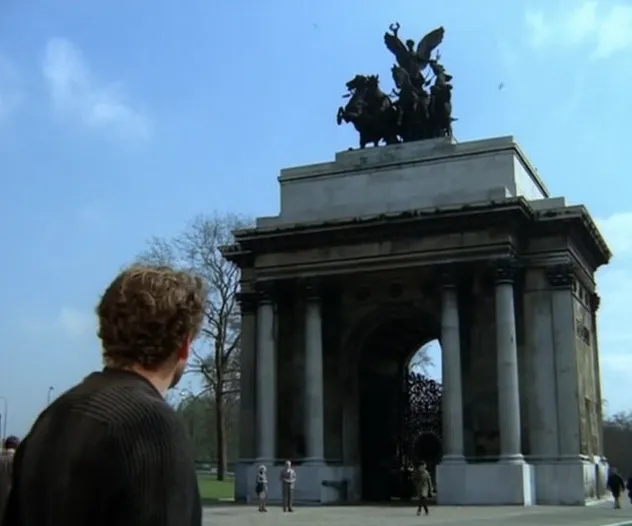
A more subtle detail within all of this is the surface-level banality of The Village politics. On its surface and in the everyday lives of its citizens, The Village is quite similar to a liberal democracy with elections, newspapers, public service posters, and a string of festivals and art shows. The leaders focus on public works like improving education and partition tasks to an endless stream of committees. The politicians blab on about vagaries like imports, exports, internal security, public works projects, and infrastructure. Most assumingly, in “It’s Your Funeral,” The Village holds a holiday and ceremony in honor of its brave public servants and how much they care about the community, ending in the unveiling of a monument to “achievement”.

The village rarely is shown in a way to visually connect it to the commonly known authoritarian states such as Nazi Germany or the USSR; it is bright, cheery, impotent, egalitarian, and most of all polite. Even in its invasive medical and psychological practices The Village maintains the same tones as our publications which extol toe virtues of the latest drugs and techniques in reducing depressing, disagreeability, anger, fear, and other anti-social behaviors.
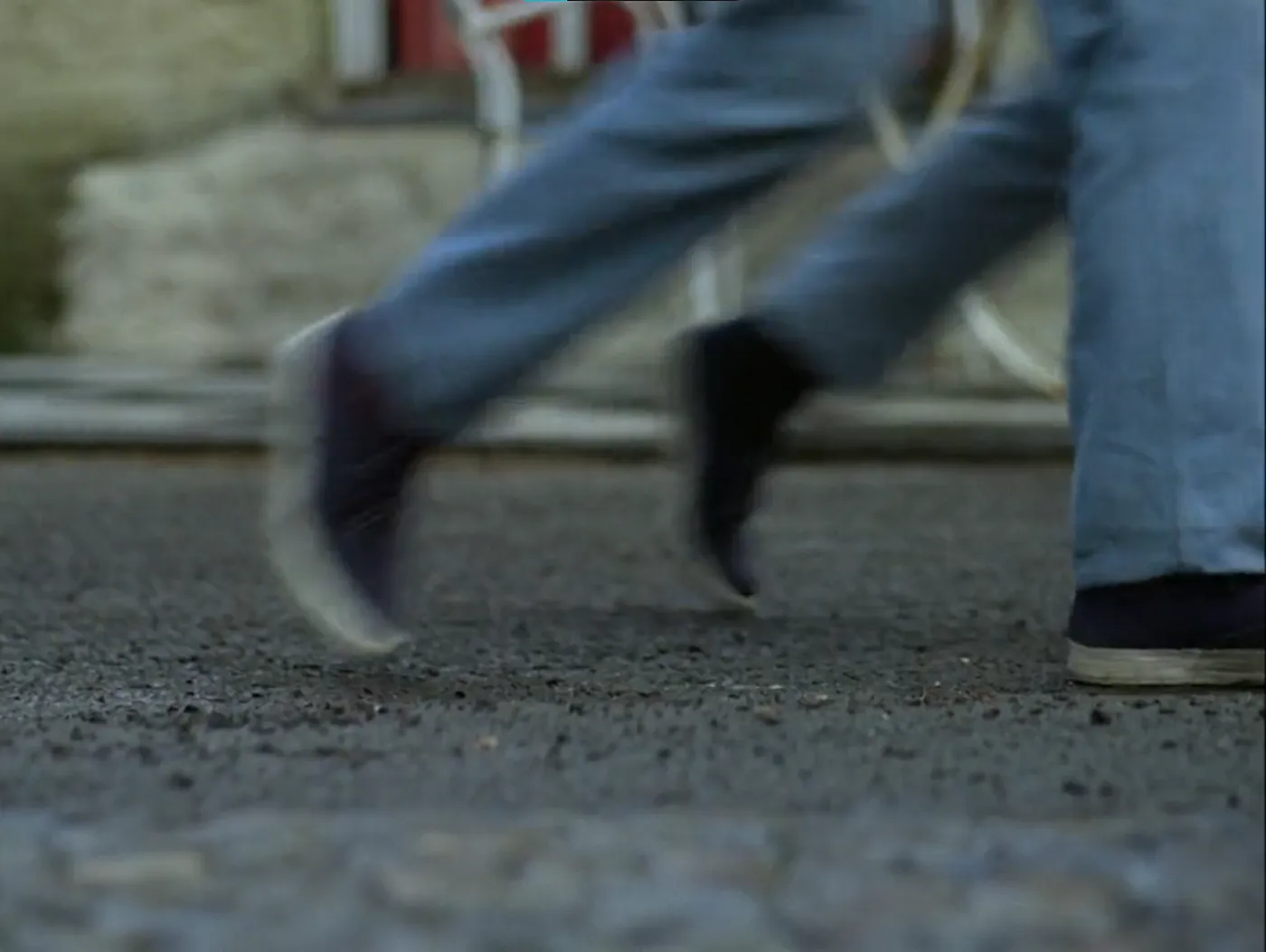
№6 is a very traditional hero. In his demeanor, he reminds me of H. I. Marrou’s description of the Homeric hero (2):
The moral ideal was rather complicated. There is first of all the “cunning” type of person, whom we find a little embarrassing — … exemplified in the — to us — ambiguous figure of a Levantine adventurer — as Ulysses sometimes appears in the Odyssey. Here, as I have already pointed out, the good manners and savoir-faire of the Homeric hero meet the practical wisdom of the oriental scribe: the result is the art of knowing how to get out of any awkward situation! Our conscience, refined by centuries of Christianity, sometimes feels a slight uneasiness about this — think how complaisant Athena is, for example, when one of her dear Ulysses’ lies turns out to be particularly successful.
Fortunately this is not the most important thing. It is not the Ulysses of the Return but the pure and noble figure of Achilles who embodies the moral ideal of the perfect Homeric knight. This ideal can be defined in one phrase: it was an heroic morality of honour. Homer was the source, and in Homer each succeeding generation of antiquity rediscovered the thing that is absolutely fundamental to this whole aristocratic ethic: the love of glory.
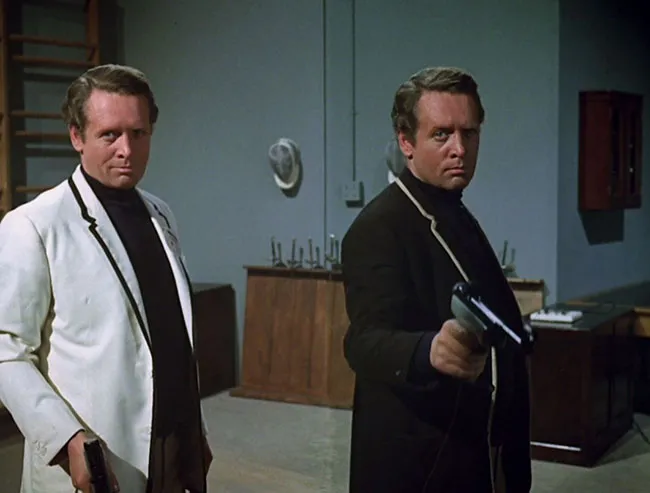
№6 is a hero driven by his commitment to his belief in his right to be an individual and believes there is honor in doing so. He is willing to lie and act subterfuge in order to get the upper hand on his captors, and is frequently prone to lashing out at other villagers. Even in his design, he is abnormal, in most episodes wearing a black suit with a white outline. While in “The Schizoid Man,” his evil doppelgänger wears a white suit with a black outline: reversing the traditional symbolism of light and dark. Despite all this, he also shows a keen sense of justice, such as when he punishes the sadistic №2 in “Hammer into Anvil” — recalling Batman’s torment of his parents’ killer, Joe Chill, in Batman (1948) #47 — or when he frees the ex-№2 in “It’s Your Funeral”. Even in his attempted escape to London in “Many Happy Returns,” №6’s first goal is to use the UK government to free The Village. №6 fits the Nietzschean definition of a great man, a man out of time. He seems to come from a nobler age with a keen sense of mind, which allows him to triumph, while the other villagers “rot like cabbages”.
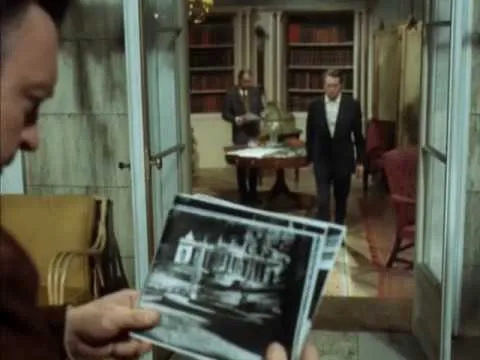
One of the greatest ironies in the show is that, while its tagline is “I am not a number! I am a free man!”, №6 is only known to the audience as a number. In most modern media, the protagonist is an open book to the audience as a form of trust. If a protagonist is going to have a secret, they must have amnesia or otherwise not be able to remember that secret so as not to break that trust — something the 2009 Prisoner remake wholeheartedly committed to. The audience only learns brief snippets of №6’s life in: “A, B, or C”, “Many Happy Returns”, and “Do Not Forsake Me, Oh My Darling”. Even this information, such as №6’s stated name in “Many Happy Returns”, is highly suspect and may just be more false flags meant to lead his captors astray. Just as №6 hides from his captors, he hides from the audience. This begs the question of what №6 is hiding. The crux of the show is that №6 was a former secret agent, a profession where one is reduced to a numbered code name and expected to do what your country orders without question. Is №6’s rebellion some sort of atonement for his past actions?
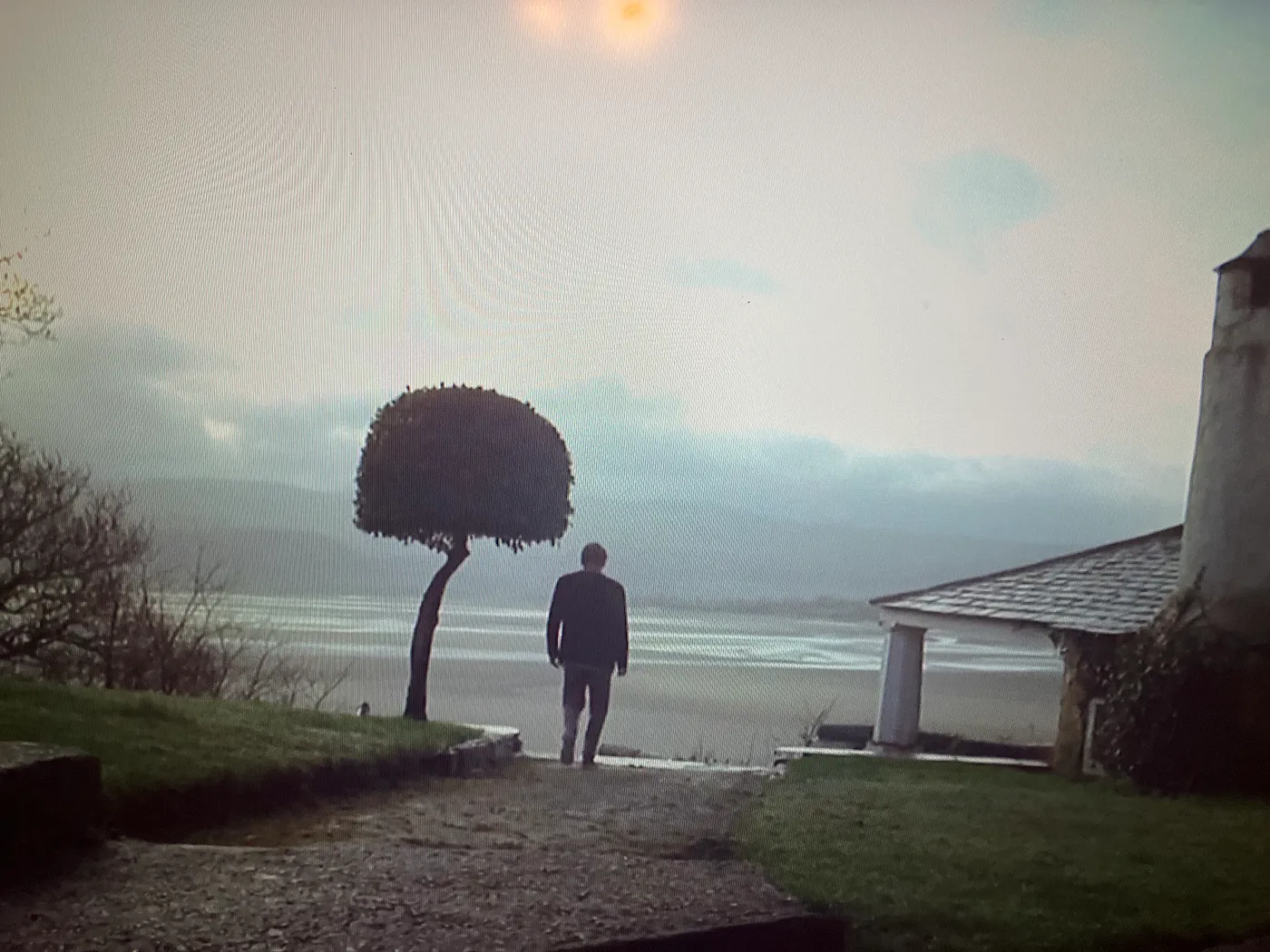
By the time the series finale rolls around, №6’s role shifts to a far more tragic hero. “Fall Out” is one of the most openly pessimistic episodes of TV and one that actively subverts not only its main character but also the system of values he represents. It is pure televised anarchy, which removes any pretense of plot and lore, leaving only pure allegory.
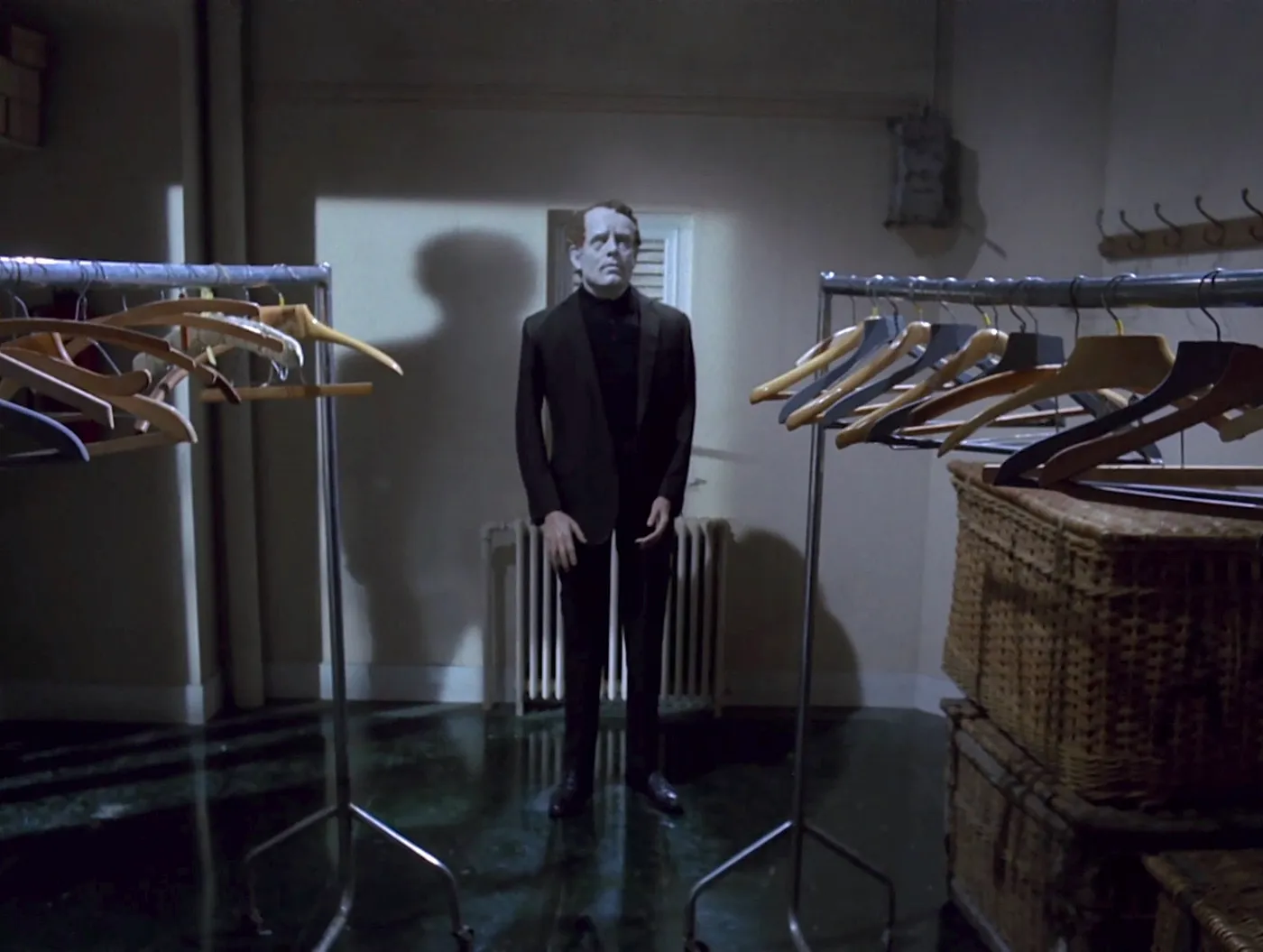
Unlike past episodes where The Village was actively at odds with №6, here №6 is praised as the last true individual. An Übermensch who is now fit to lead The Village and create a new law table for the masses to follow. №6 is first met with two examples of failed revolutionaries: “The Kid” whose youthful rebellion is restricted to fits and spurts of nonsense until he is caught, and №2 who tries to bite the hand that feeds but is too meek for genuine rebellion. The jury is made up of masked men who sit behind placards for various concepts: “Welfare”, “Activists”, “Defectors”, “Reactionists”, “Nationalists”, “Security”, and “Pacifists”. №6, the individual, stands above these values on a podium.
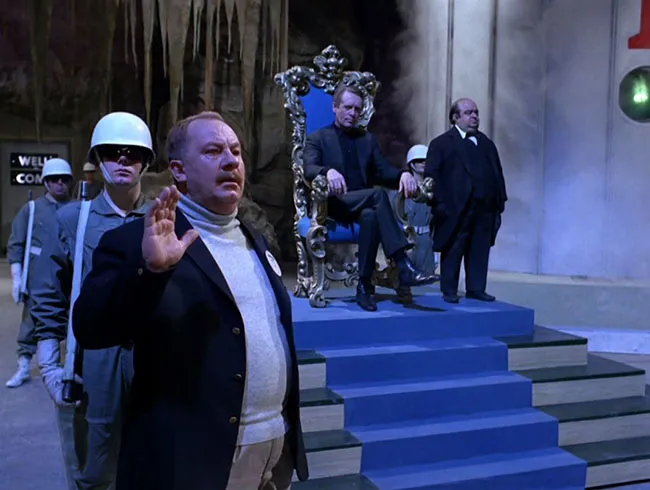
The most famous twist of this episode is the reveal that №1 is actually №6 — the crazed №6 doppelgänger being decades before the similar doppelgänger in the Twin Peaks finale. In one sense, it shows the duality between the individual and society. Since №6 is the supreme individual, he can ascend from society and enforce his own law table, becoming a №1 of The Village. Then this will create a new herd for a new supreme individual to rise up from, and so on and so forth. In other senses, it also points to the dark side of the self, which also doubles as the jailer. Within everyone, even the hero, there is an evil, and for every man, this is the ultimate evil he has to face. Or as Patrick McGoohan puts it (3):
Number One was depicted as an evil, governing force in this Village. So, who is this Number One? We just see the Number Two’s, the sidekicks. Now this overriding, evil force is at its most powerful within ourselves and we have constantly to fight it, I think, and that is why I made Number One an image of Number Six. His other half, his alter ego.
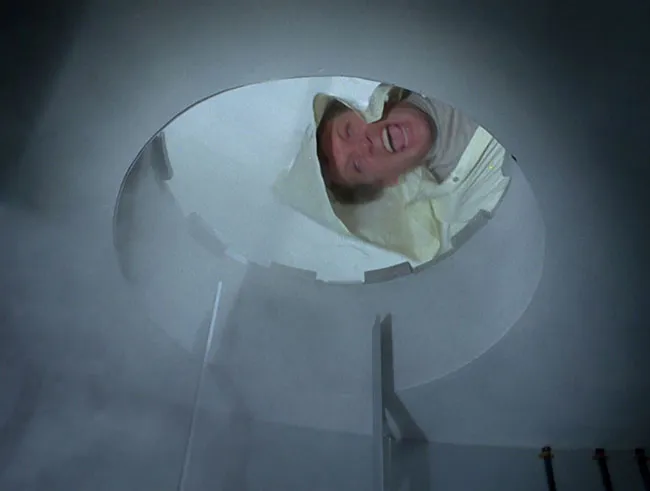
The ending of “Fallout” takes the irony one step further. As pop music and the upbeat “Rag March” play, we seemingly see №6, The Butler, The Kid, and №2 escape into London, but there are 3 major clues that everything isn’t as it seems. Clue number one: the door into №6’s house that The Butler walks in opens automatically like the ones in The Village.
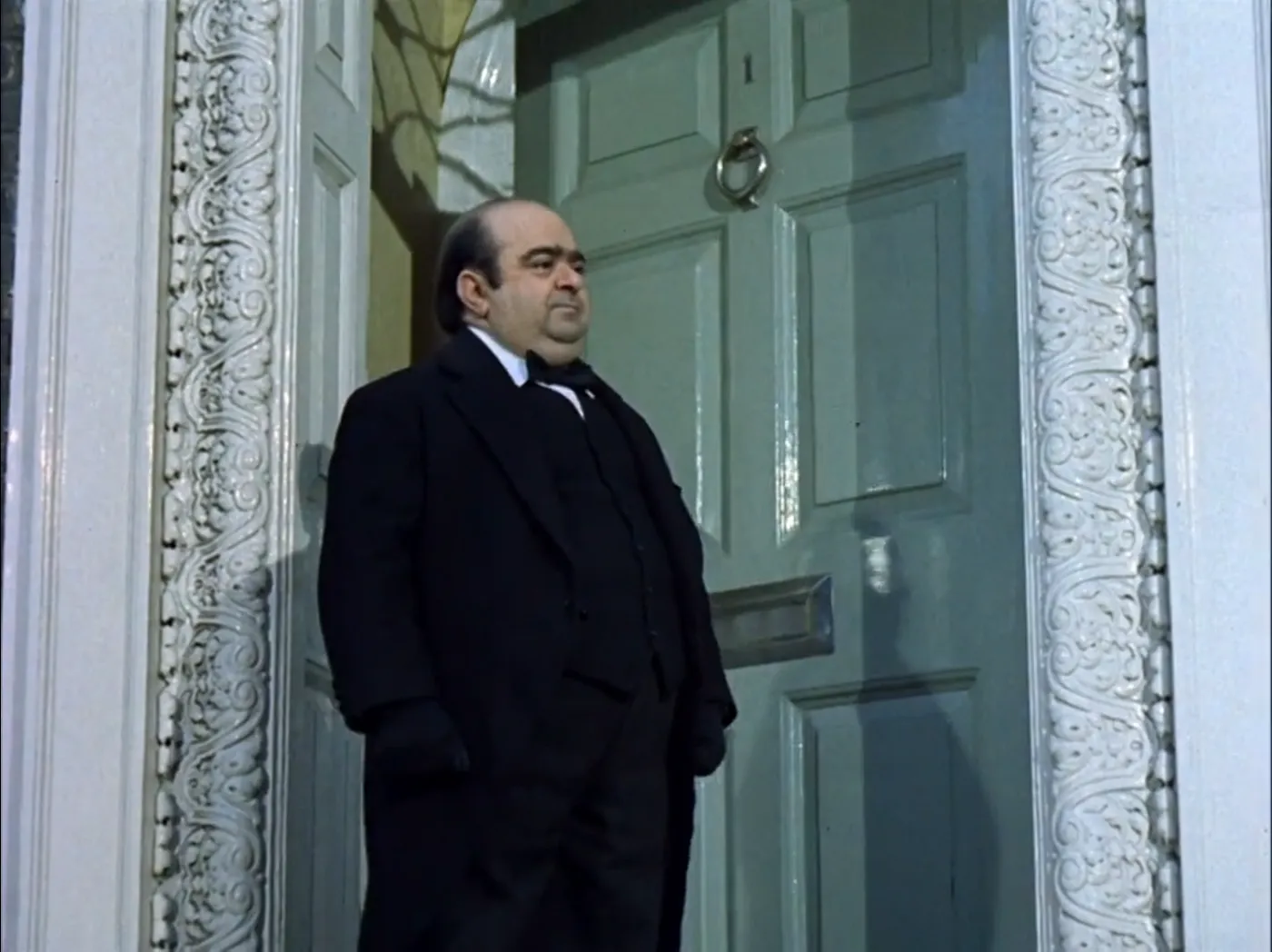
Clue number two: when every character has their actor’s name appear on screen, №6 is not credited as Patrick McGoohan, but instead as a prisoner.
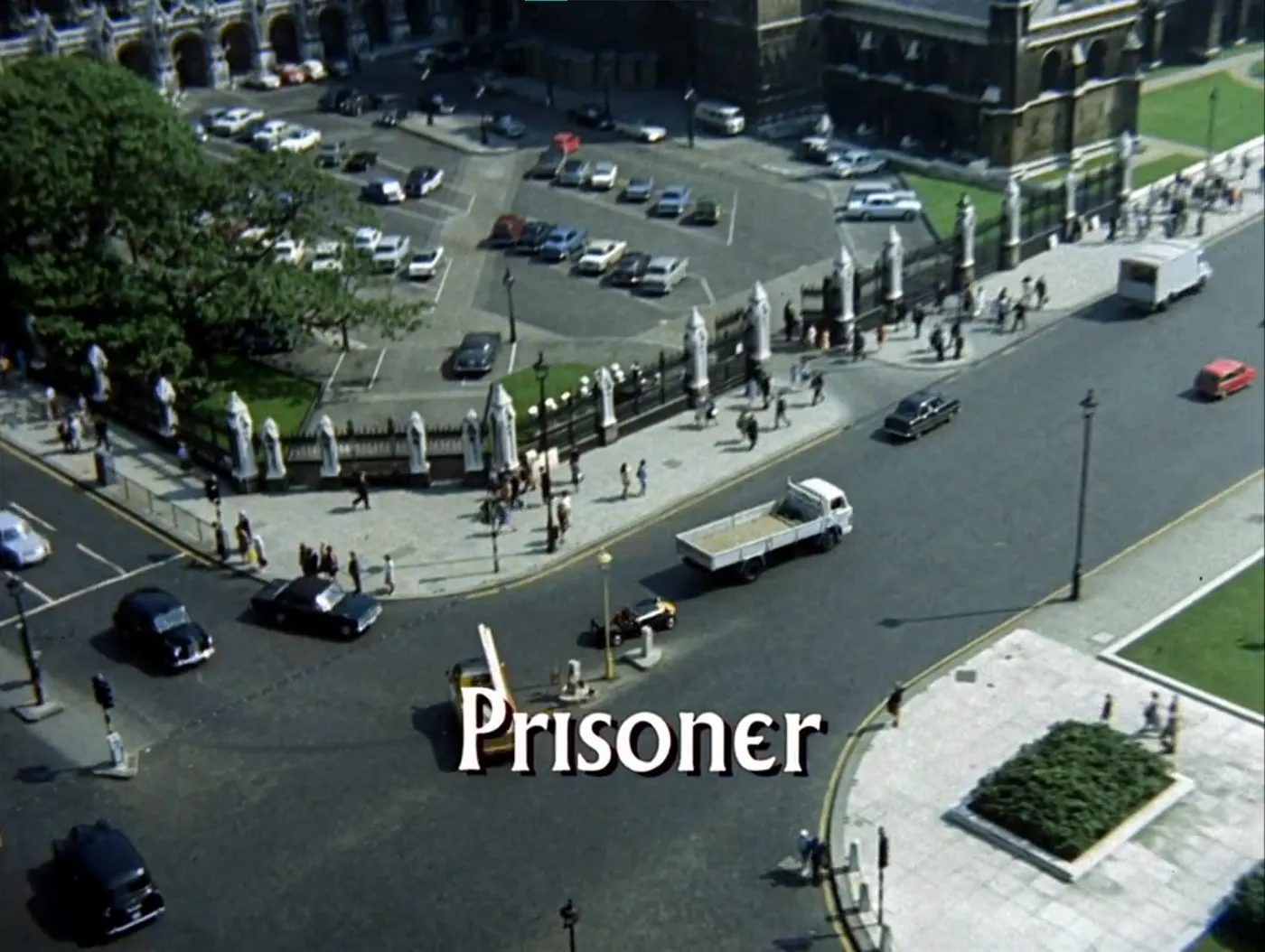
Clue number three: the closing shot of №6 driving towards the camera is identical to the one which starts the intro.

All three of these point to one simple fact. №6 has not escaped The Village, as stated in “The Chimes of Big Ben.” The whole world is The Village. This is confirmed by McGoohan in an interview(3):
He [The Prisoner] just wants to get out and he uses a technique which he hasn’t used before that: which is violence. Which is sad, but he does and that’s how he gets out and then of course in the final episode he goes back to his little apartment place and he has his little valet guy willing and the door opens on its own. He goes in and the cars there so that you know it’s gonna start all over again because we continue to be prisoners… He [The Prisoner] hasn’t caught it ,which is the whole point. When that door opens on its own there’s no one behind him; exactly the same as all the doors in The Village open you know, but somebody’s waiting in there to start it all over again. He’s got no freedom, freedom is a myth. There’s no final conclusion to it.

McGoohan continues in this interview (3):
McGoohan: I think progress is the biggest enemy on earth besides oneself
Interviewer: Do you think there will be a popular reaction against progress in the future?
McGoohan: No, because we’re run by the Pentagon, we’re run by Madison avenue, we’re run by TV, and as long as we accept those things and don’t revolt we have to go along with the stream to the eventual Avalanche
This is the true message of The Prisoner: that society will always be a prison, and now the whole world is one big global village with every man as his own warden. Everything is observed, managed, innovated, and algorithmized by the top minds of the world. We are all numbers in a big data bank sitting in a bomb-proof bunker. If we all stood up, it would end, but a man can’t truly revolt until he conquers himself, and one man can’t do much on his own. The conflict between the individual and the collective is one of those dualities of the human condition which can never be solved, but in recent times, the progress — technological and social — has allowed for unprecedented levels of control and conditioning. If freedom is a myth, then what does it say when Man thinks he is free? The tools today’s states and organizations have are the kind of things which would make any autocrat of the past blush; what’s stopping them from using it? This is the pessimism which underlies The Prisoner and gives it a texture unique to TV. If №6 can’t find freedom, what does that mean for you or me? What else is there to do other than wait for the precocious singularity when the data banks get to full and the analysis gets too complex and the system shrugs for just one moment and the sudden shock of freedom as the system which held us together falls apart and the bombs and the planes and then, the POP!
